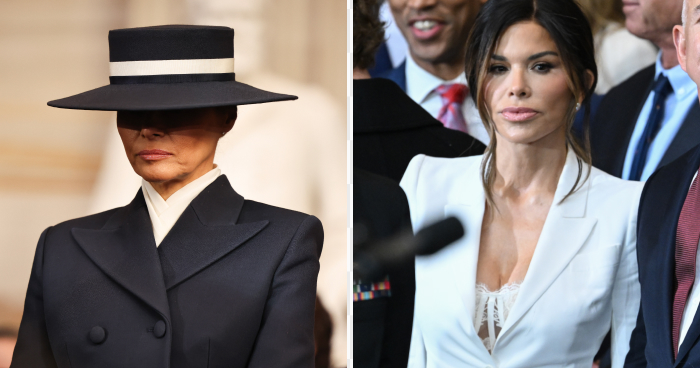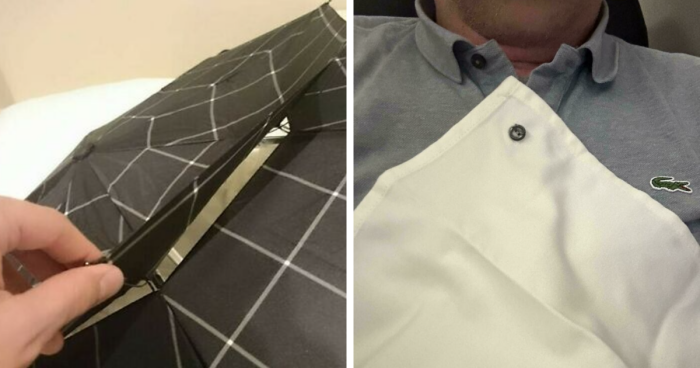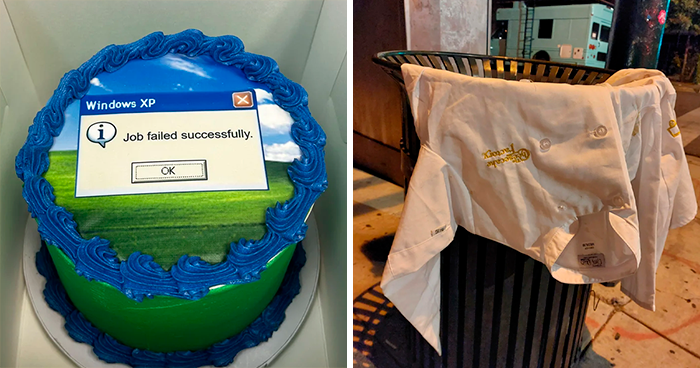Tattooing plays a major role in certain communities. Some people use their body as an art canvas to reflect their status, ideology, memorable stories, etc…
For the Tharu tribe in Chitwan, a Nepalese town, I found that the women’s tattoo designs have 3 different stories.
The first one was extremely shocking. During the era of the Kingdom of Nepal, the royal family used to spend their summer in the Chitwan area. They used to take the beautiful girls of the native tribe as sex slaves. To stop these abductions, the tribal tattoo trend started, and the girls got inked in order to deform themselves so they looked ugly to the royal men.
The second tattoo’s meaning was as shocking as the first one. Tattooing used to be mandatory for a girl during the teenage phase, or she would be estranged from her family and community. She won’t be allowed to talk, marry, and even people won’t be allowed to take anything she touches, like food and objects. She must get inked in order to be accepted by her people.
The third meaning behind these tribal designs was about beauty and the afterlife. Once a woman dies, she will rise in heaven in her most beautiful form.
All the above might be true. They all prove one thing, the meaningful tattoo art played a major part in the role of the tribe’s women. It was a survival mode in their life and even after death.
More info: Instagram
51Kviews
Share on FacebookAside from the sad background stories and whatnot; imagine how skillful an artist must be to give you a tattoo that will last 50+ years without spreading out or fading...especially in these harsh conditions these women seem to be in!
So wonderful when people not only document this type of history but make it accessible to people who don't necessarily go read anthropology texts or art history books. It's such an important part of being human to be able to look back at the diversity of cultures and see reflections of commonalities as well as intriguing uniqueness in cultures we won't ever interact directly with.
Aside from the sad background stories and whatnot; imagine how skillful an artist must be to give you a tattoo that will last 50+ years without spreading out or fading...especially in these harsh conditions these women seem to be in!
So wonderful when people not only document this type of history but make it accessible to people who don't necessarily go read anthropology texts or art history books. It's such an important part of being human to be able to look back at the diversity of cultures and see reflections of commonalities as well as intriguing uniqueness in cultures we won't ever interact directly with.

 Dark Mode
Dark Mode 

 No fees, cancel anytime
No fees, cancel anytime 









































186
30